Best combinations?
frances_dk
17 years ago
Related Stories

COLOR PALETTESBet on Black and Red for a Winning Combination
A striking look is a sure thing when you pair red and black around the home
Full Story
GRAYFavorite Color Combinations: Gray and Yellow
A Neutral Hue Plus a Primary Color Equal Eye-Popping Style
Full Story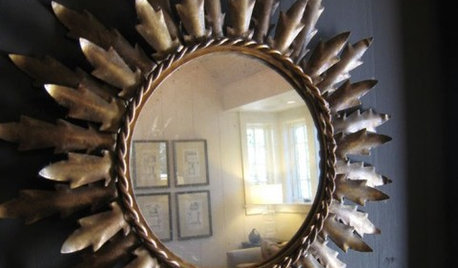
COLORA Great Color Combination: Gold Meets Gray
See How Warm and Cool Tones Combine in Elegant Interiors
Full Story
GREENColor Combinations: Brown and Green
Take Your Cue from Nature for the Most Classic Color Combination of All
Full Story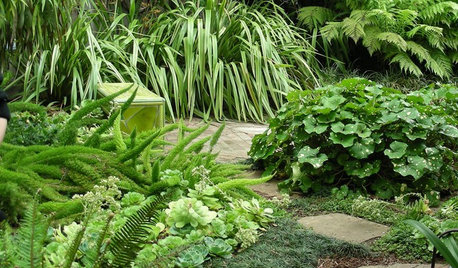
PLANTING IDEAS8 Sumptuous Shade Garden Plant Combinations
Enjoy these plant combinations made for spots with varying levels of shade and different garden zones
Full Story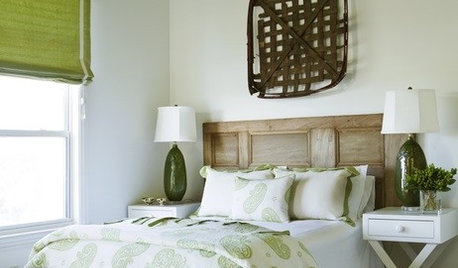
GREENFavorite Color Combinations: Celery and Chocolate
Accent your space with a delicious mix of light green and dark brown
Full Story
DECORATING GUIDESGreat Combinations: Blue and Brown
Inspiration for Every Room From the Colors of Earth and Sky
Full Story





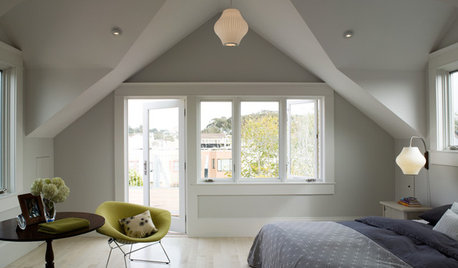

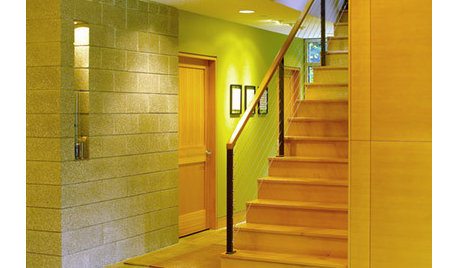
Annie
frances_dkOriginal Author
Related Professionals
Simpsonville Landscape Architects & Landscape Designers · East Rancho Dominguez Landscape Architects & Landscape Designers · Forest Acres Landscape Architects & Landscape Designers · North New Hyde Park Landscape Architects & Landscape Designers · Centereach Landscape Contractors · East Hanover Landscape Contractors · Ellicott City Landscape Contractors · Fort Myers Landscape Contractors · Nanuet Landscape Contractors · Rosemount Landscape Contractors · Seminole Landscape Contractors · Shaker Heights Landscape Contractors · Suitland Landscape Contractors · Wanaque Landscape Contractors · Newman Swimming Pool Buildersgirlgroupgirl
georich5
frances_dkOriginal Author
burntplants
Annie
diggity_ma
fernsk
frances_dkOriginal Author
diggity_ma
Annie
wellspring
gurley157fs
gweirdo